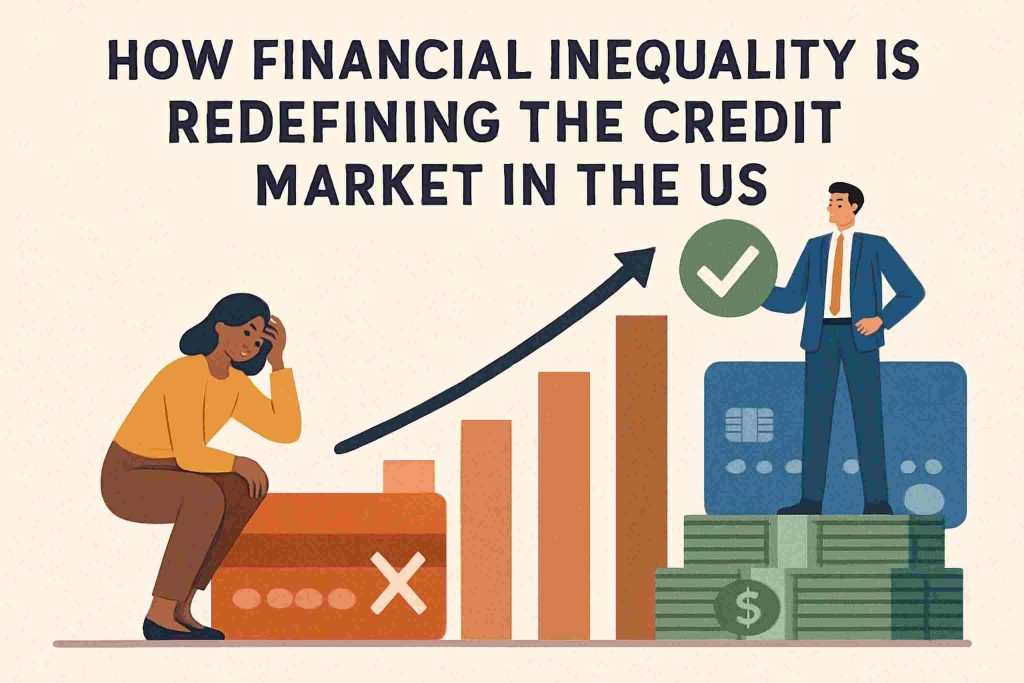The increasing financial disparity in the United States is reshaping various sectors, with the credit market undergoing significant transformations. As companies and institutions begin to recognize these shifts, the deepening gap between different economic classes prompts a reexamination of how loans and other financial services are offered.
This evolution is crucial for stakeholders who need to navigate the changing landscape effectively. As we delve into how financial inequality is redefining these systems, we’ll consider why understanding these dynamics is essential for both lenders and borrowers in today’s economy.
The widening economic divide

Financial inequality significantly impacts the way loans are accessed and managed. The divide between the wealthy and less affluent can often dictate the terms under which credit is extended. Those at the lower end of the financial spectrum may face more stringent requirements, higher interest rates, and less favorable conditions compared to their wealthier counterparts.
This disparity amplifies the challenges faced by economically disadvantaged individuals, who may struggle to build credit or secure favorable financial opportunities, thereby perpetuating the cycle of inequality. Credit providers must navigate these differences, as unequal access can lead to a skewed market where opportunities are not evenly distributed.
Institutions are tasked with finding innovative solutions to bridge these gaps and create a more equitable financial environment. Strategies such as risk assessment innovations and personalized loan products are emerging, aiming to address the unique challenges faced by a diverse clientele.
Tailoring financial solutions to address disparities
Lenders are increasingly required to adopt strategies that reflect the needs of a diverse population. Financial inclusivity demands that institutions develop products that cater to the varied needs and circumstances of different economic segments.
Tailored loan products, flexible credit terms, and accessible financial education programs are crucial in crafting a more inclusive approach to lending. By addressing systemic barriers and enhancing accessibility, lenders not only meet regulatory requirements but also foster a more sustainable credit market that benefits both society and the economy.
Navigating financial intricacies in practice
For lenders, the ability to adapt to diverse borrower profiles involves both strategic planning and innovative practices. Practical steps include implementing risk-based pricing models that offer fairer interest rates, focusing on alternative credit scoring methods to gauge repayment capability, and providing financial literacy programs that empower individuals.
These measures can help bridge the gap, allowing borrowers from all walks of life to participate in the credit market on more equal terms. Ultimately, addressing these socio-economic disparities requires a balance between business imperatives and social responsibility.
A forward-looking perspective on inclusive lending
In conclusion, financial inequality poses both a challenge and an opportunity for the credit market. By embedding inclusivity into lending practices, the financial industry can contribute to reducing the wealth gap and supporting economic mobility. As stakeholders work towards crafting a more equitable system, the role of education, innovation, and regulation will become increasingly important.
Creating pathways to fair access to credit is essential for a healthy, functioning economy, ensuring that resource allocation aligns with the needs of a diverse population. As these efforts unfold, the credit market can emerge stronger and more inclusive, benefiting society at large.

